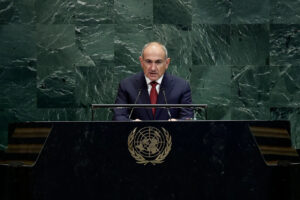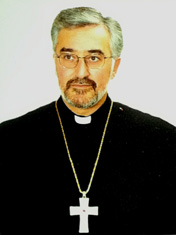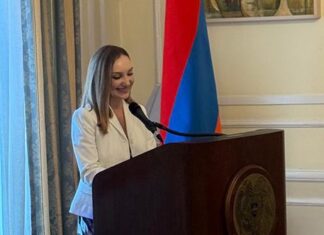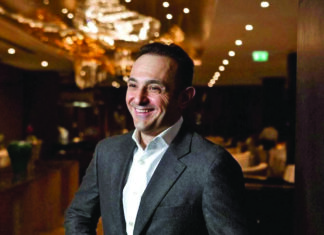Mirror-Spectator Staff
BOSTON — Bishop Mikael Mouradian, the new head of the Armenian Catholic Eparchy of the US, is a well-traveled man.
Born and raised in Beirut, he has served the Armenian Catholic Church in Lebanon, Syria, Armenia and now the US.
One of the first changes he has made to the Armenian Catholic Church of the US and Canada, the name of which is officially Our Lady of Nareg, was to move it from New York City to Los Angeles, to the Sourp Grigor Lousavorich (St. Gregory the Illuminator) Armenian Catholic Church in Glendale. The move was not entirely voluntary, as the New York church, which had been the home of the Armenian Catholic Church, St. Ann’s, was being sold. While Mouradian said the Catholic Church offered the Armenians the chance to have access to another church in the city, he and the other church leaders decided that due to the decline in the numbers of the faithful in New York and its growth on the West Coast, the church should relocate.
He said that the eparchy in New York in the 1980s, had 800 families, the majority of whom were immigrants from the Middle East. Now, there are only about 60 to 80 families there, whereas Los Angeles has 2,500-3,000 Catholic Armenian families.








